The Magic of Mitchell Canyon
By Steve and Carol Lombardi
Editor’s Note: This blog post originally ran in March 2016. We’re rerunning it now to remind folks of the special quality of this birding hotspot and to allow those interested time to register for our Birdathon 2019 trip to Mitchell Canyon. You can learn more about the trip here.
The north slope of Mt. Diablo near Clayton offers one of the best birding spots in the East Bay. Mitchell Canyon is a shady, steep-sided, north-facing canyon with varied habitat and more-or-less permanent water. It provides easy access to both the casual stroller and the serious hiker/biker/equestrian. (Birding by horse? Now, there’s a concept.)
The canyon is a delightful place to bird year-round, but becomes spectacular from late April to early May. This is when migrant warblers, flycatchers, and others make brief visits on the way to their summer breeding grounds. And the canyon’s resident breeders show up and make themselves known with their songs.
While you’re there, don’t spend all your time looking up into the canopy. Be sure to enjoy the plethora of spring-blooming wildflowers alongside the trail. The canyon is one of the best places to see the Mt. Diablo globe lily (Calochortus pulchellus Benth.) among many other wildflowers.
Because of the canyon’s steep sides and deep shade, the area provides several different habitat types. Pine-oak woodland, riparian, grassland, chaparral, and sage scrub are all accessible in a relatively short walk.
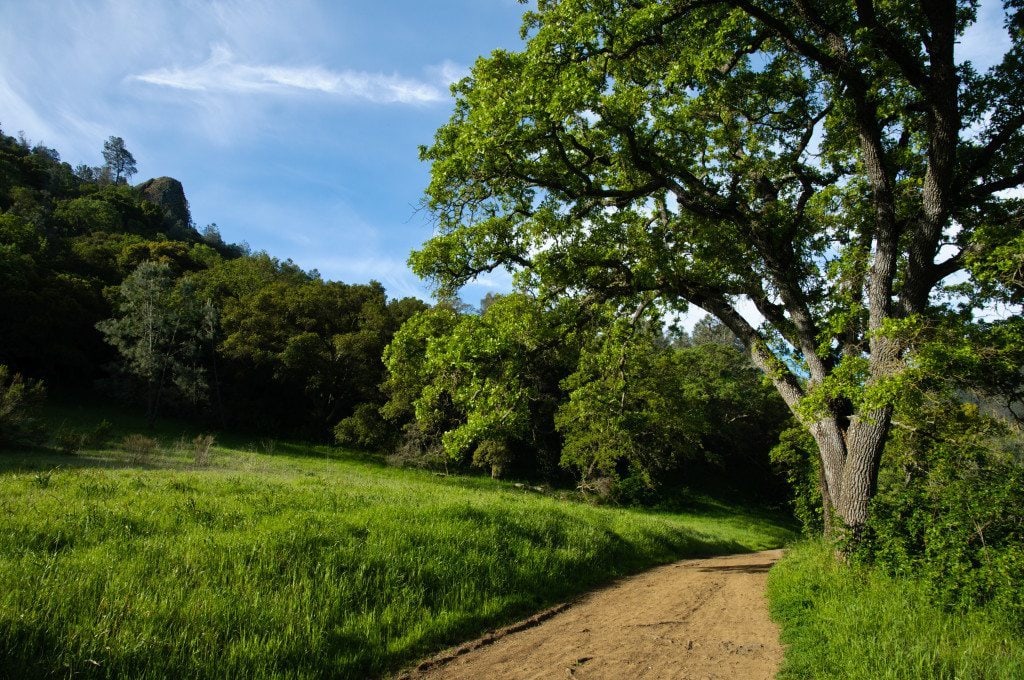 Mitchell Canyon in springtime, by Scott Hein
Mitchell Canyon in springtime, by Scott Hein
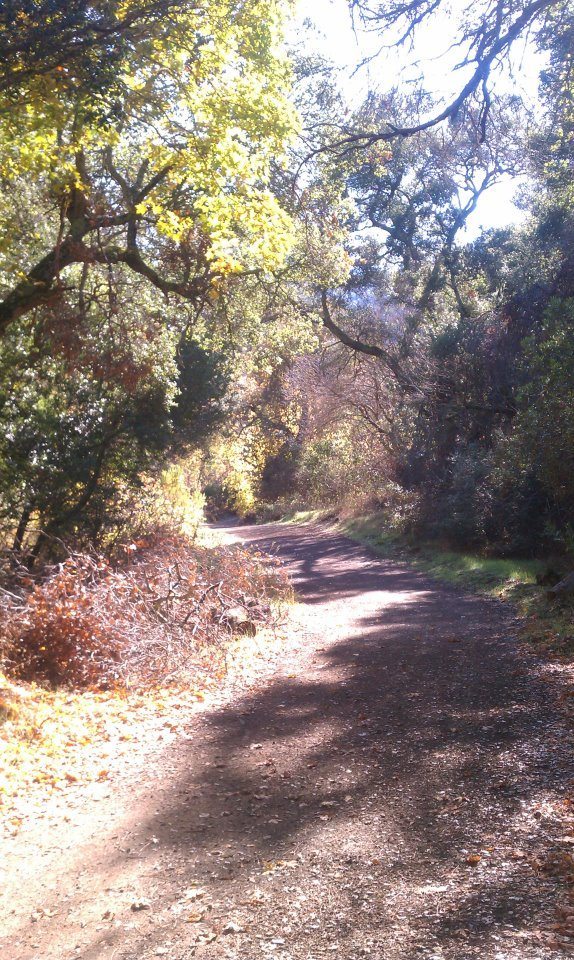 Mitchell Canyon in the dry season, by Matt Guziejka
Mitchell Canyon in the dry season, by Matt Guziejka
All northside trails into the park eventually lead to Mitchell Canyon (see the park map listed below). From the Clayton entrance, Mitchell Canyon Road follows Mitchell Creek and runs moderately uphill for about two miles through oak woodland and riparian habitat. It then breaks out of the trees and becomes a steep climb through chaparral and scrub, eventually emerging onto Summit Road in the main part of the park after several strenuous miles. If you’re out for a morning bird walk, the beginning of the steep portion is a good place to turn around. Of course, if you want to hike to the 3,800 foot Mt. Diablo summit, you’re welcome to do it.
A more moderate spring bird walk would start in the Mitchell Canyon visitor center parking lot. Begin by birding in the oaks around the parking area for oak breeders like White-breasted Nuthatch, and “parking lot” birds like quail and turkey.…

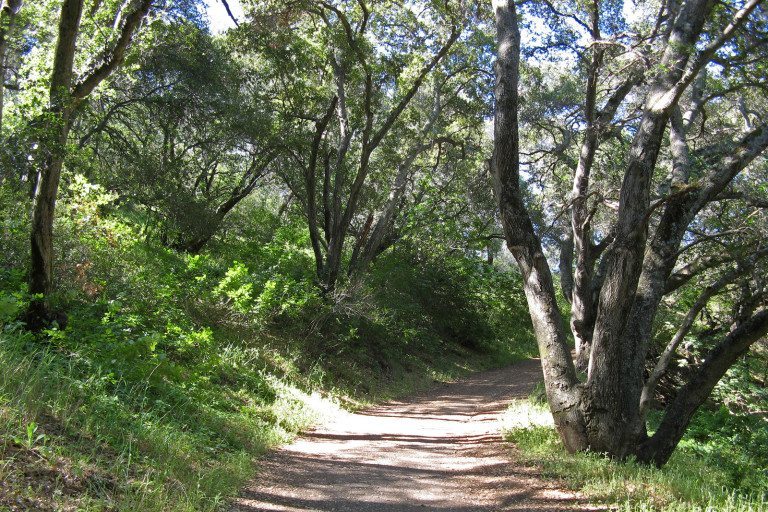
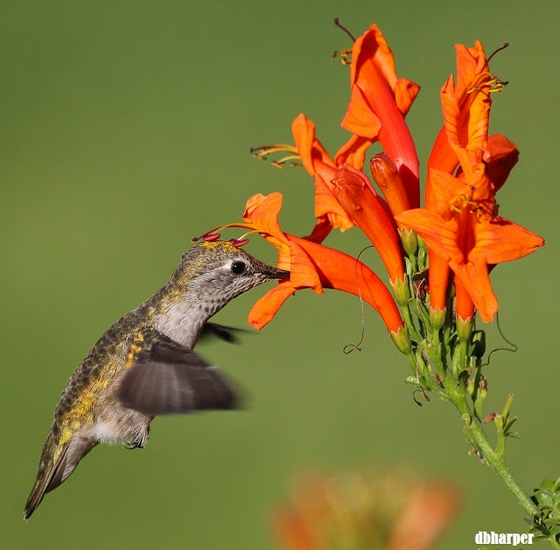
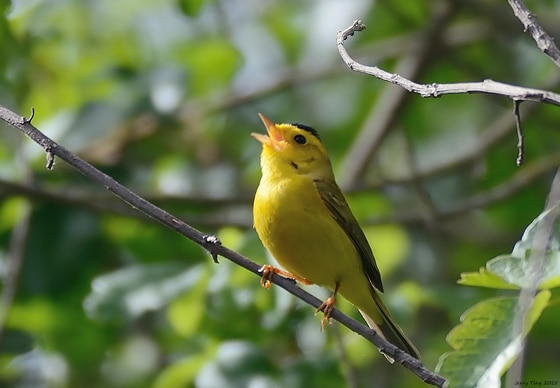
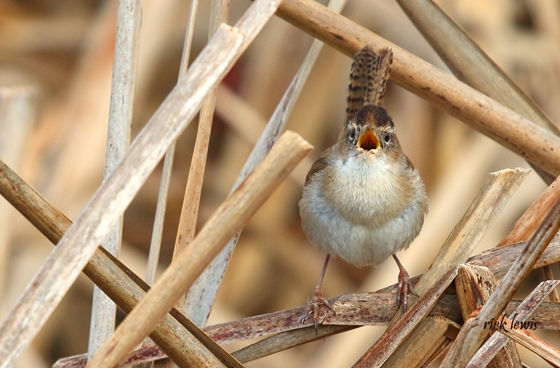 Marsh Wren by Rick Lewis
Marsh Wren by Rick Lewis
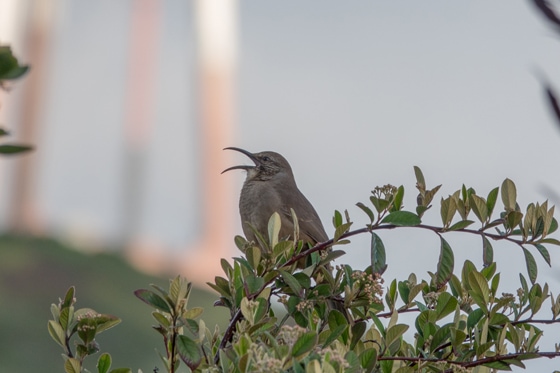 California Thrasher by Alex S.
California Thrasher by Alex S.
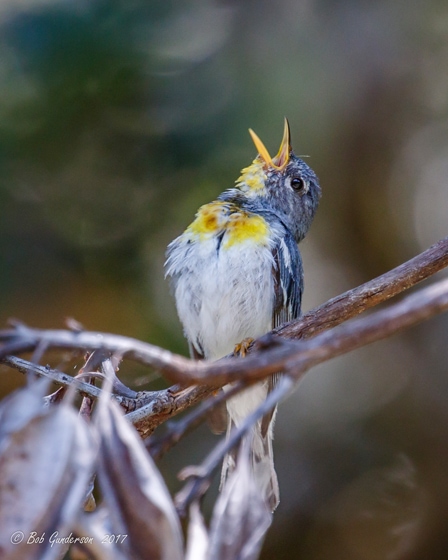 Photo by Bob Gunderson
Photo by Bob Gunderson
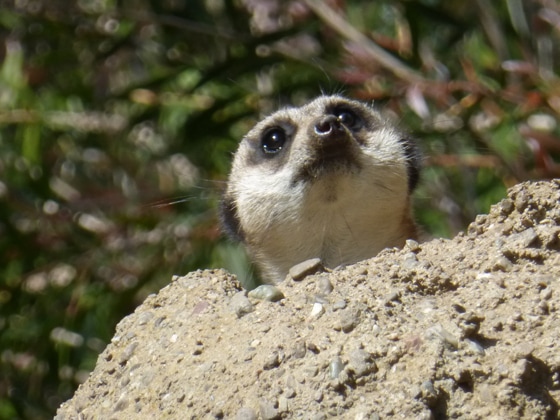
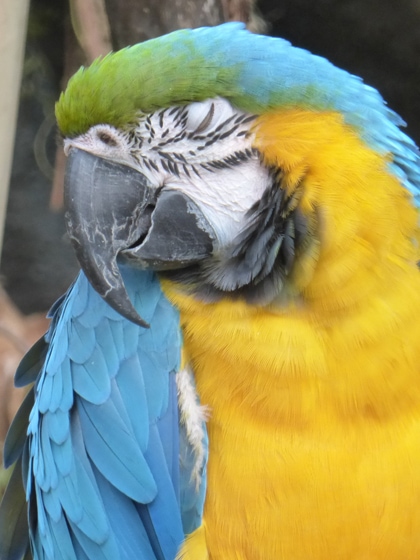 Blue and Yellow Macaw by Beth Moseley
Blue and Yellow Macaw by Beth Moseley
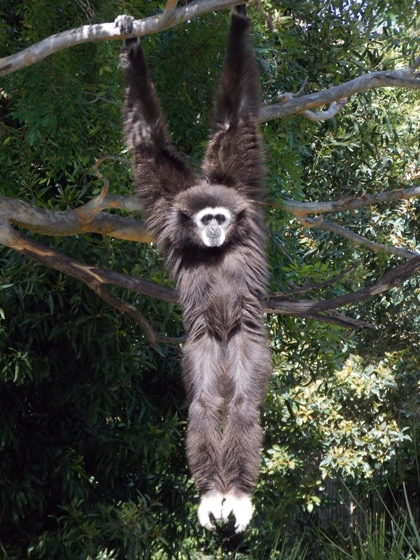 Gibbon by Cindy Margulis
Gibbon by Cindy Margulis
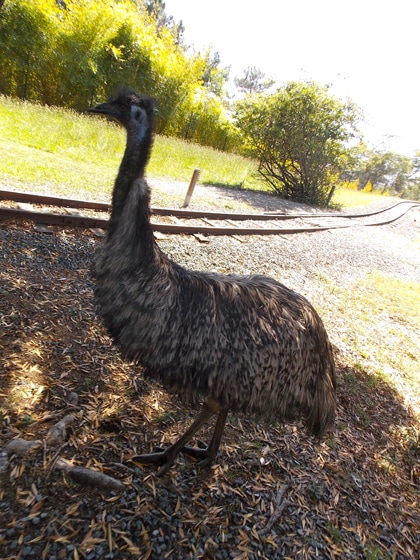 Emu by Cindy Margulis
Emu by Cindy Margulis
 Meerkat x-ray by Beth Moseley
Meerkat x-ray by Beth Moseley
 Malaysian Sun Bear by Cindy Margulis
Malaysian Sun Bear by Cindy Margulis
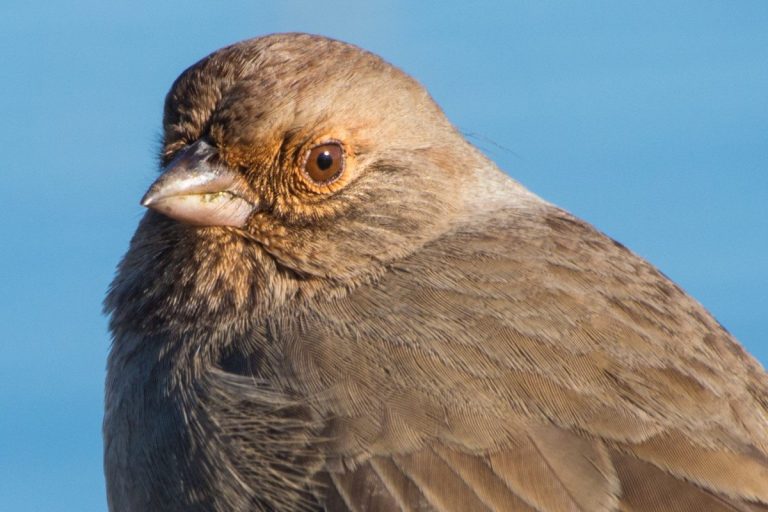

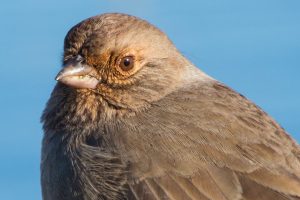 Photo by Ken-ichi Ueda
Photo by Ken-ichi Ueda



